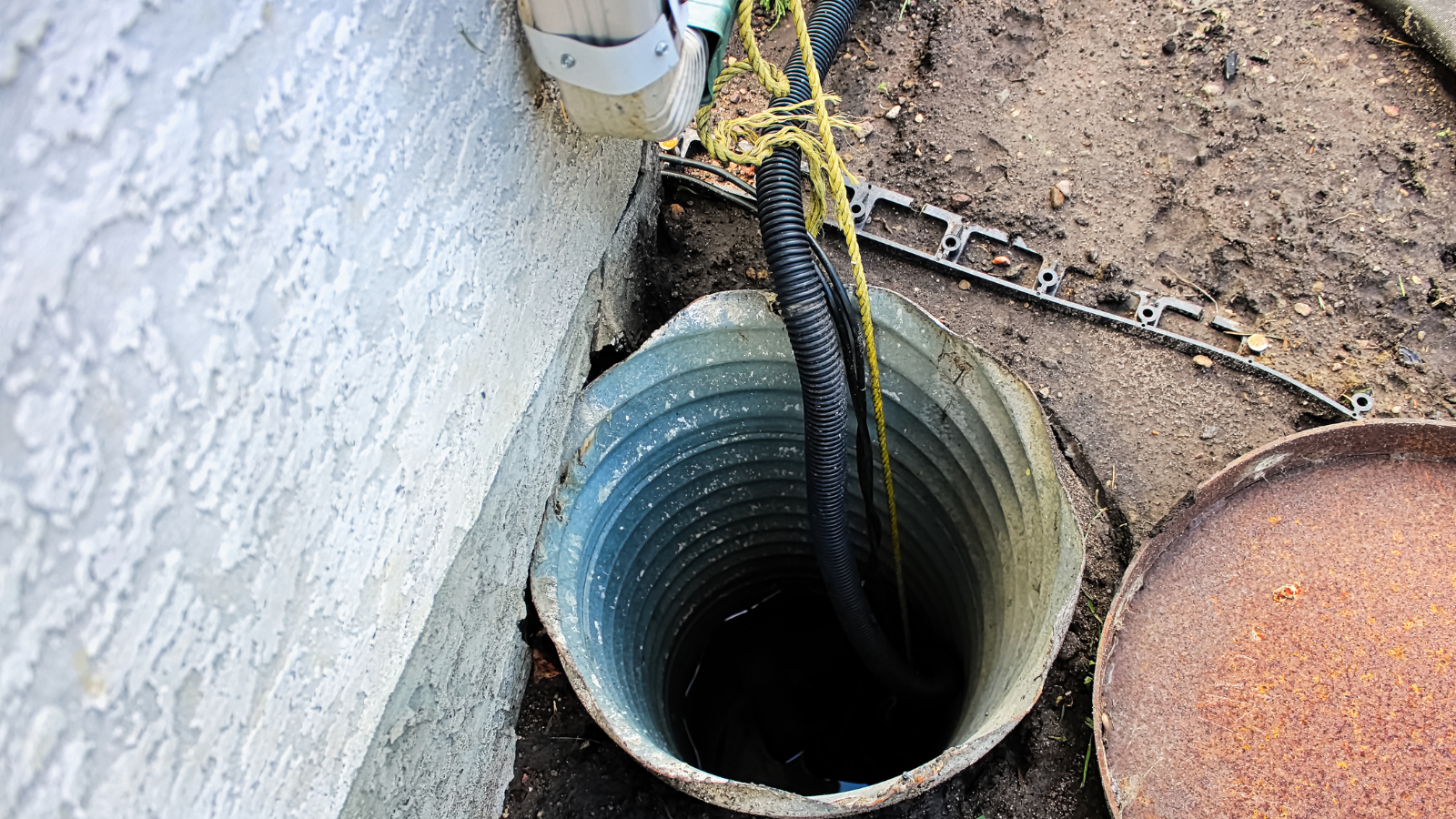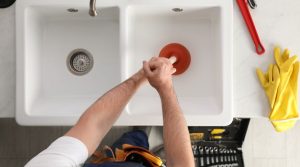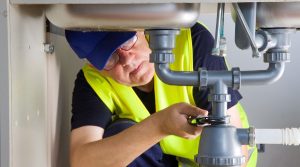A sump pump plays a vital role in your home’s drainage system, primarily designed to protect your basement from flooding by effectively removing excess water. Proper maintenance is essential to ensure its operational effectiveness, safeguarding your home against potential water damage and preserving your peace of mind.
Key Takeaway:
- Regular maintenance of your sump pump is crucial for its efficiency and longevity. This involves understanding its components, implementing essential maintenance practices, and addressing common issues to keep it in optimal working condition.
We take pride in our continuous improvement efforts, delivering the highest quality service in every residential and commercial building. CBJ Plumbers is excited to assist you!
What Are the Basics of a Sump Pump?
A sump pump is typically installed in a sump pit located in your basement. Its main function is to pump out excess water that accumulates in the pit, preventing flooding and associated damage. The pump is triggered by a float switch, which activates the pump when water levels rise and turns it off when the pit is empty. Understanding how your sump pump works is the first step toward effective maintenance.
What’s Involved in Sump Pump Maintenance?
To ensure your sump pump operates effectively, regular maintenance is essential. This involves several tasks designed to prevent malfunctions and extend the pump’s lifespan. Key maintenance practices include:
1. Cleaning the Pump and Pit: Regularly remove debris such as leaves and dirt from the sump pit to prevent clogs and ensure smooth operation.
2. Checking the Power Supply: Confirm that the pump is plugged in and that the power cord is intact. It’s also wise to have a battery backup in place to keep the pump running during power outages.
3. Inspecting the Discharge Pipe: Ensure the discharge pipe is free from obstructions and directs water away from your home’s foundation, preventing water from pooling around the base.
4. Testing the Pump: Pour water into the pit to check if the pump activates and efficiently drains the water, verifying its functionality.
5. Examining the Float Switch: Ensure the float switch moves freely and triggers the pump as intended, as any obstruction can hinder its operation.
How Do You Maintain a Sump Pump?
1. Regular Inspection: Check your sump pump monthly, especially during heavy rain or snowmelt seasons, looking for signs of wear or damage.
2. Clean the Sump Pit: Remove debris regularly to prevent clogs and ensure efficient pump operation.
3. Test the Pump: Pour water into the pit to confirm the pump activates and drains effectively.
4. Check the Power Supply: Ensure the pump is properly plugged in and the power cord is in good condition. A battery backup system can be beneficial during outages.
5. Inspect the Discharge Pipe: Make sure the pipe is unobstructed and effectively directs water away from your home.
6. Examine the Float Switch: Ensure the float switch functions correctly and triggers the pump as needed.
7. Consider Professional Servicing: Schedule an annual check-up with a professional for thorough maintenance and to address any potential issues.
7 Essential Sump Pump Maintenance Tips
1. Keep the Pit Clean: Regularly clear the pit of debris to prevent blockages and ensure smooth operation.
2. Check for Clogs: Ensure both the intake screen and discharge pipe are free of obstructions.
3. Test the Alarm System: If your pump has a high-water alarm, test it to ensure it’s functional.
4. Inspect the Check Valve: Verify that the check valve, which prevents water from flowing back into the pit, is working properly.
5. Lubricate the Pump: If recommended by the manufacturer, apply lubricant to the pump components for smooth operation.
6. Review the Manufacturer’s Instructions: Follow specific maintenance guidelines provided by the manufacturer to avoid issues.
7. Prepare for Emergencies: Keep a backup pump or battery backup system ready for emergencies, ensuring you’re prepared for unexpected failures.
Keep your home running smoothly! Regular plumbing maintenance is essential for preventing costly repairs and ensuring your system works efficiently.
FAQ
Q: How often should I check my sump pump?
A: Ideally, check your sump pump once a month, especially during high water periods. Regular inspections help ensure it functions properly when needed.
Q: What should I do if my sump pump is not working?
A: First, check for visible obstructions or power issues. Ensure the float switch operates correctly. If the pump still doesn’t work, consult a professional for a thorough inspection and repair.
Q: How can I prevent my sump pump from freezing in winter?
A: Insulate the discharge pipe and ensure it is angled correctly to direct water away from your home. Regularly check for leaks or blockages that could lead to freezing.
Q: Do I need a professional to maintain my sump pump?
A: While basic maintenance can be done yourself, it’s advisable to have a professional inspect and service your pump annually to identify potential issues and ensure optimal performance.
Conclusion
Maintaining your sump pump is essential to prevent basement flooding and water damage. By understanding how your sump pump operates and following essential maintenance tips, you can ensure it remains reliable when needed. Regular inspections and timely servicing will extend the life of your sump pump, providing peace of mind during heavy rains and storms. Take proactive steps now to keep your home safe and dry, protecting your investment and ensuring your comfort.





